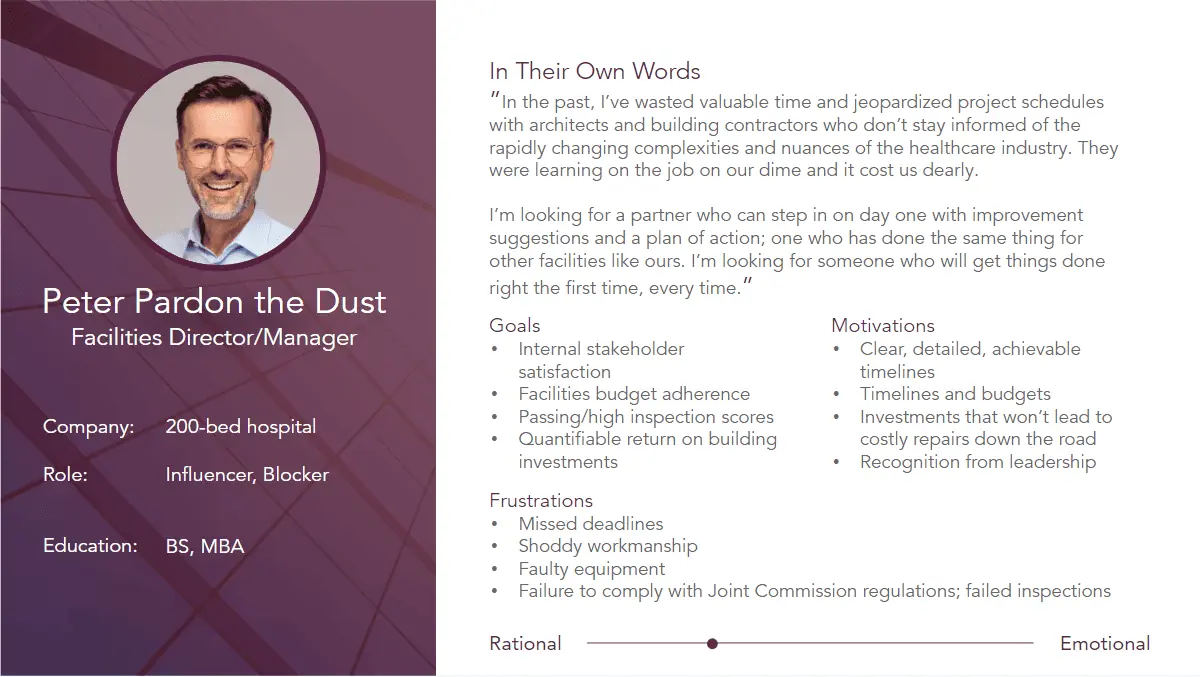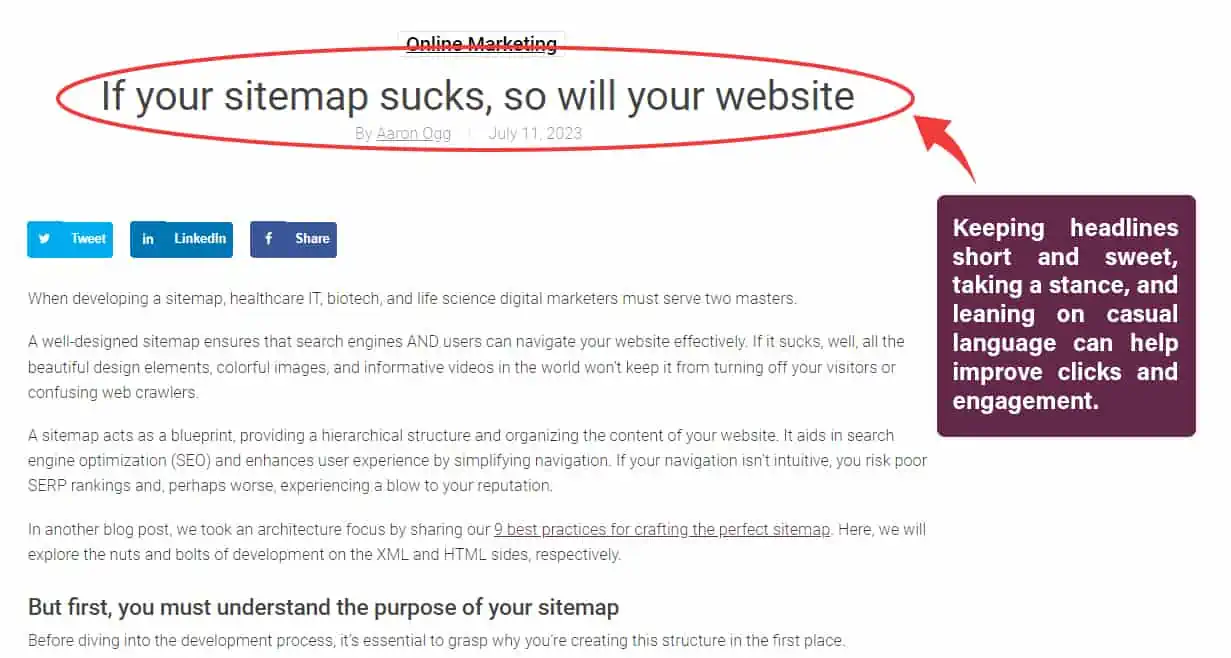A well-executed blog as part of your B2B content marketing strategy can be a powerful tool to establish thought leadership, build brand awareness, and generate leads.
However, launching a successful B2B marketing blog requires careful planning and strategy.
From content creation to promotion, every aspect plays a vital role in achieving your goals.
Here are our top 10 tips for launching your B2B marketing blog to ensure you start on the right foot.
1. Define your objectives
Before you start creating content, it’s essential to define your objectives. Are you aiming to educate your target audience, increase brand awareness, improve your SEO footprint, or drive leads? Clearly outlining your goals will help you tailor your content strategy and measure success effectively.
2. Understand your target audience
Knowing your target audience is crucial for crafting content that resonates with them. Conduct thorough research to understand their pain points, challenges, and interests. Create buyer personas to help you develop relevant and valuable content that addresses their needs and positions your brand as a trusted resource.
3. Develop a content strategy
Create a comprehensive content strategy that aligns with your business goals and audience preferences. Determine the types of content you will create, such as how-to guides, industry insights, case studies, or thought leadership pieces. Plan a content calendar to ensure a consistent publishing schedule, and consider incorporating different formats like videos, infographics, and podcasts to keep your blog engaging and diverse. Best practices call for at least one original post per month.
4. Optimize for search engines
To maximize the reach of your blog, optimize it for search engines. Conduct SEO keyword research to identify relevant terms your target audience is searching for. Incorporate these keywords strategically into your blog posts, titles, headings, and meta descriptions. Additionally, ensure your blog has a user-friendly structure, fast loading speed, and mobile responsiveness to improve its search engine rankings.
5. Craft compelling headlines
The headline is often the first thing readers see, so it needs to grab attention and entice them to click. Craft compelling headlines that promise value or address a specific pain point. Use action words, numbers, and emotional triggers to make your headlines more compelling. Experiment with different headline styles and analyze their performance to refine your approach.
6. Create high-quality content.
Quality content is the backbone of any successful blog. Ensure your blog posts are well-researched, informative, and valuable to your audience. Support your arguments with data, statistics, and industry insights. Use a mix of text, visuals, and multimedia elements to make your content engaging and easy to digest. Remember to proofread and edit your posts thoroughly to maintain professionalism and avoid errors. I recommend Grammarly for another intelligent set of eyes.

Health economic outcomes research (HEOR) is a complex concept that benefits from contextual visual representation.
7. Incorporate visual elements
Please don’t underestimate the power of visual content in capturing readers’ attention and enhancing their experience. Include relevant images, videos, infographics, and charts in your blog posts to break up text and make your content more visually appealing. Visual elements can help illustrate complex concepts, provide examples, and increase the overall readability of your posts.
8. Promote your content
Creating great content is just the first step; promoting it effectively is equally important. Share your blog posts on social media platforms where your target audience is active. Engage in industry-specific communities and forums to share your expertise and drive traffic to your blog. Collaborate with influencers or industry experts to amplify your reach. Additionally, leverage the blog post in your email newsletter and nurture sequences, and encourage them to share with their networks.
9. Encourage reader engagement
A successful B2B blog goes beyond one-way communication. Encourage reader engagement by enabling comments on your blog posts and responding to them promptly. Invite readers to share their thoughts, ask questions, and provide feedback. Consider incorporating surveys, polls, or quizzes to gather insights and make readers feel involved in your content.
10. Measure and adapt
To gauge the success of your blog:
- Track key performance metrics such as website traffic, engagement, conversions, and lead generation.
- Use analytics tools like Google Analytics to gain insights into your blog’s performance and identify areas for improvement.
- Adapt your content strategy based on the data, experiment with different approaches, and continuously optimize your blog for better results.
You’re one step closer to a killer blog
Launching and maintaining a B2B marketing blog requires careful planning, consistent effort, and a deep understanding of your target audience. By defining your objectives, creating valuable content, optimizing for search engines, and promoting effectively, you can establish your blog as a valuable resource within your industry.
Remember to engage with your readers, measure your success, and adapt your strategy accordingly.




